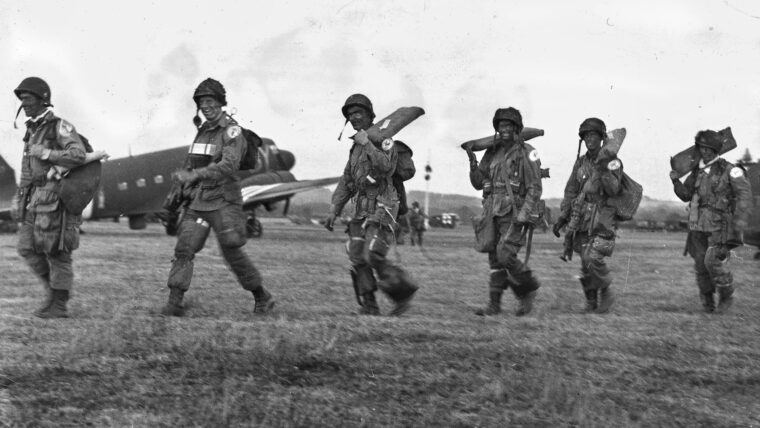
WWII Quarterly Winter 2015
The WW2 Paratrooper: First-Hand Accounts of the D-Day Invasion
By Kevin M. HymelWhat was it like to be a WW2 paratrooper, parachuting into Normandy in the opening minutes of June 6, 1944—D-Day? Read more

WWII Quarterly Winter 2015
What was it like to be a WW2 paratrooper, parachuting into Normandy in the opening minutes of June 6, 1944—D-Day? Read more
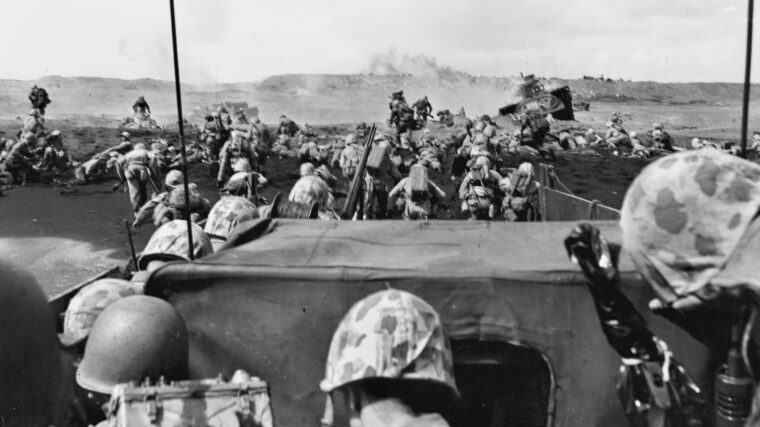
WWII Quarterly Winter 2015
“You know,” said Marine Maj. Gen. Clifton B. Cates to a war correspondent on the eve of Operation Detachment, the invasion of Iwo Jima, “if I knew the name of the man on the extreme right of the right-hand squad of the right-hand company of the right-hand battalion, I’d recommend him for a medal before we go in.” Read more
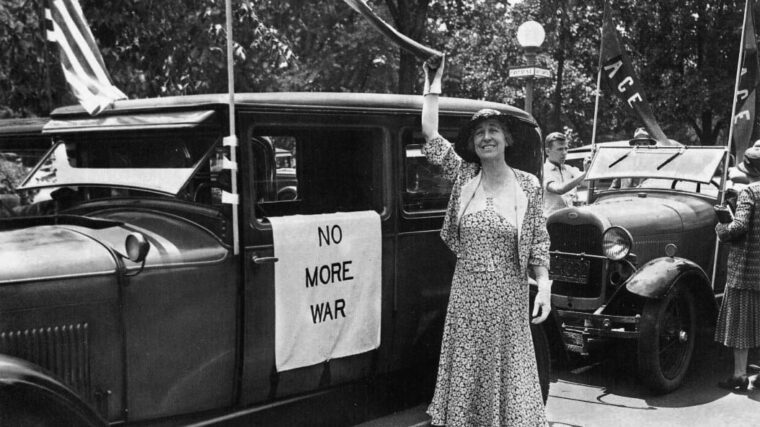
WWII Quarterly Winter 2015
An Associated Press report described “a chorus of hisses and boos” that echoed through the chamber when the Congresswoman from Montana cast her vote. Read more
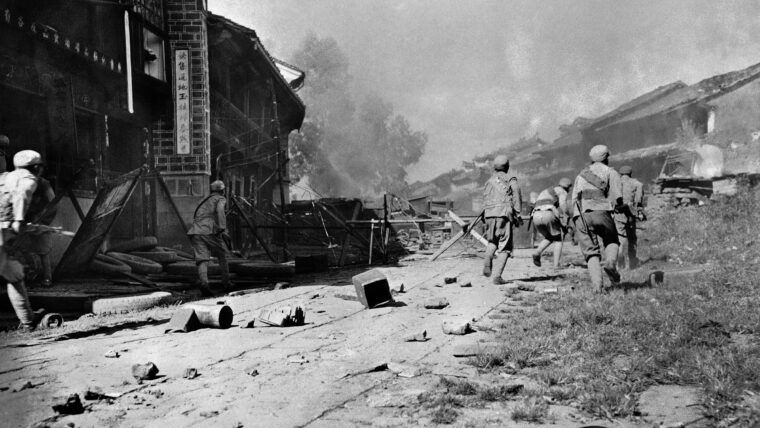
WWII Quarterly Winter 2015
After launching an invasion of Burma (today Myanmar) not long after Pearl Harbor, the Imperial Japanese Army went on to overrun much of China by May 1942 and closed the Burma Road—the vital, 717-mile-long mountain highway built in 1937-1938 that ran from Kunming in southern China to the Burmese border. Read more
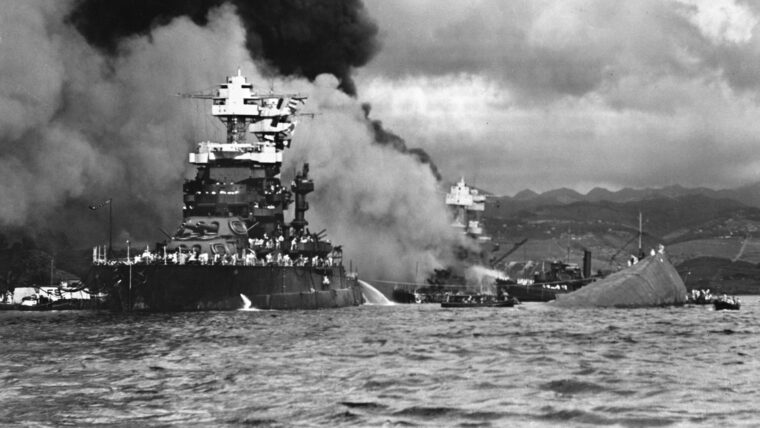
WWII Quarterly Winter 2015
Commander Mitsuo Fuchida, strike leader for Operation Hawaii and 20-year veteran of the Imperial Japanese Navy (Kaigun), strapped himself into the observer’s seat as his Nakajima B5N2 “Kate” torpedo bomber, piloted by Lieutenant Mitsuo Matsuzaki, and lifted off from the carrier Akagi on the black morning of December 7, 1941. Read more
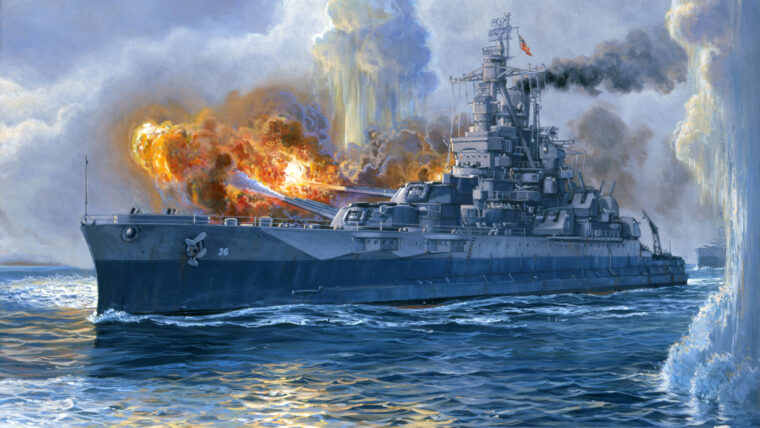
WWII Quarterly Winter 2015
I am of Polish, Irish, and American Indian descent and grew up in the small (population 3,800) northern Illinois town of Geneva. Read more
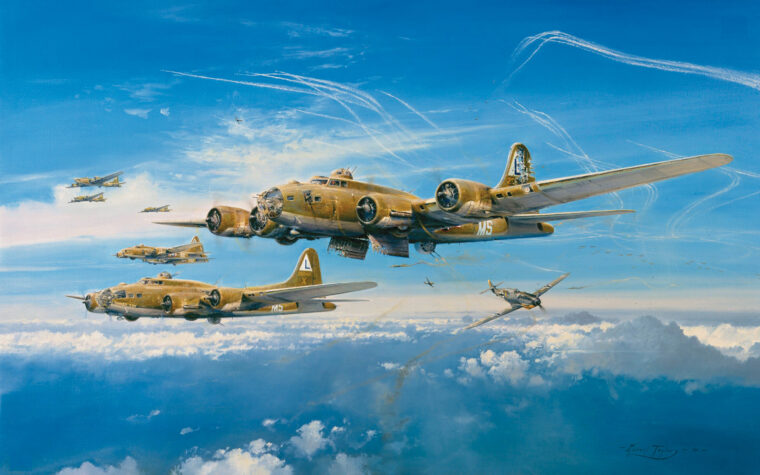
WWII Quarterly Winter 2015
On August 25, 1944, Larry Stevens and the rest of his Boeing B-17 Flying Fortress bomber crew completed their 35th mission over Nazi-occupied Europe. Read more
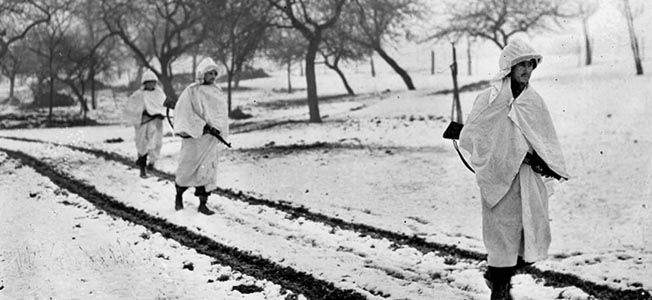
WWII Quarterly Winter 2015
By James G. Bilder
Described in one U.S. Army report as “the quiet paradise for weary troops,” the tiny nation of Luxembourg was viewed by American commanders in late 1944 much like Belgium—liberated, safe, and an ideal location for combat-worn troops to rest and for untested replacements to get exposed to outdoor living and military routine before being exposed to combat. Read more
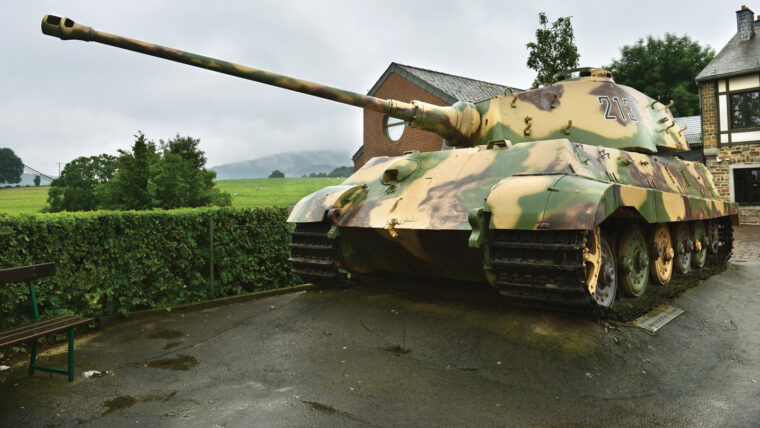
WWII Quarterly Winter 2015
There is no shortage of museums in the Belgian Ardennes to record the region’s dark winter of World War II. Read more